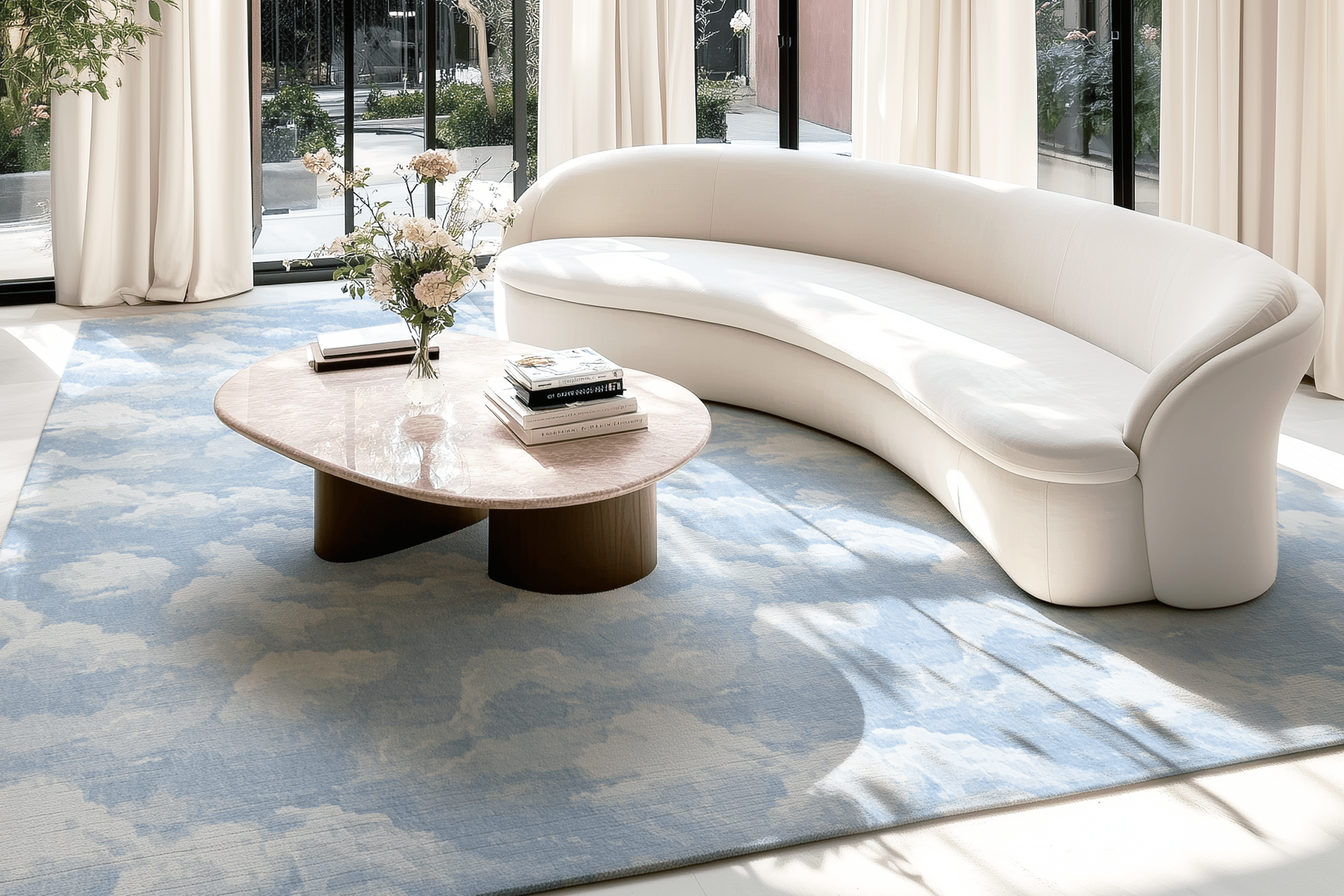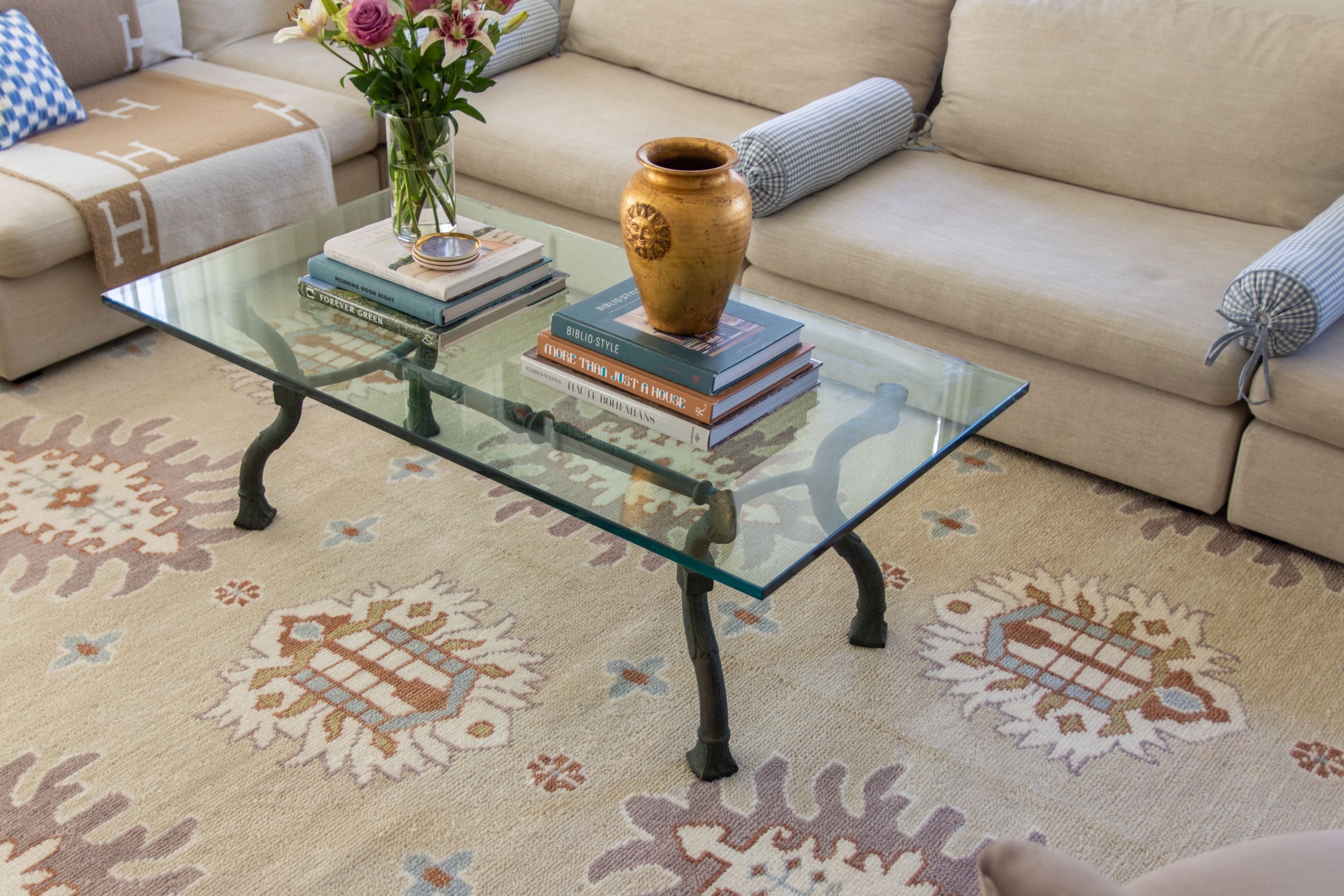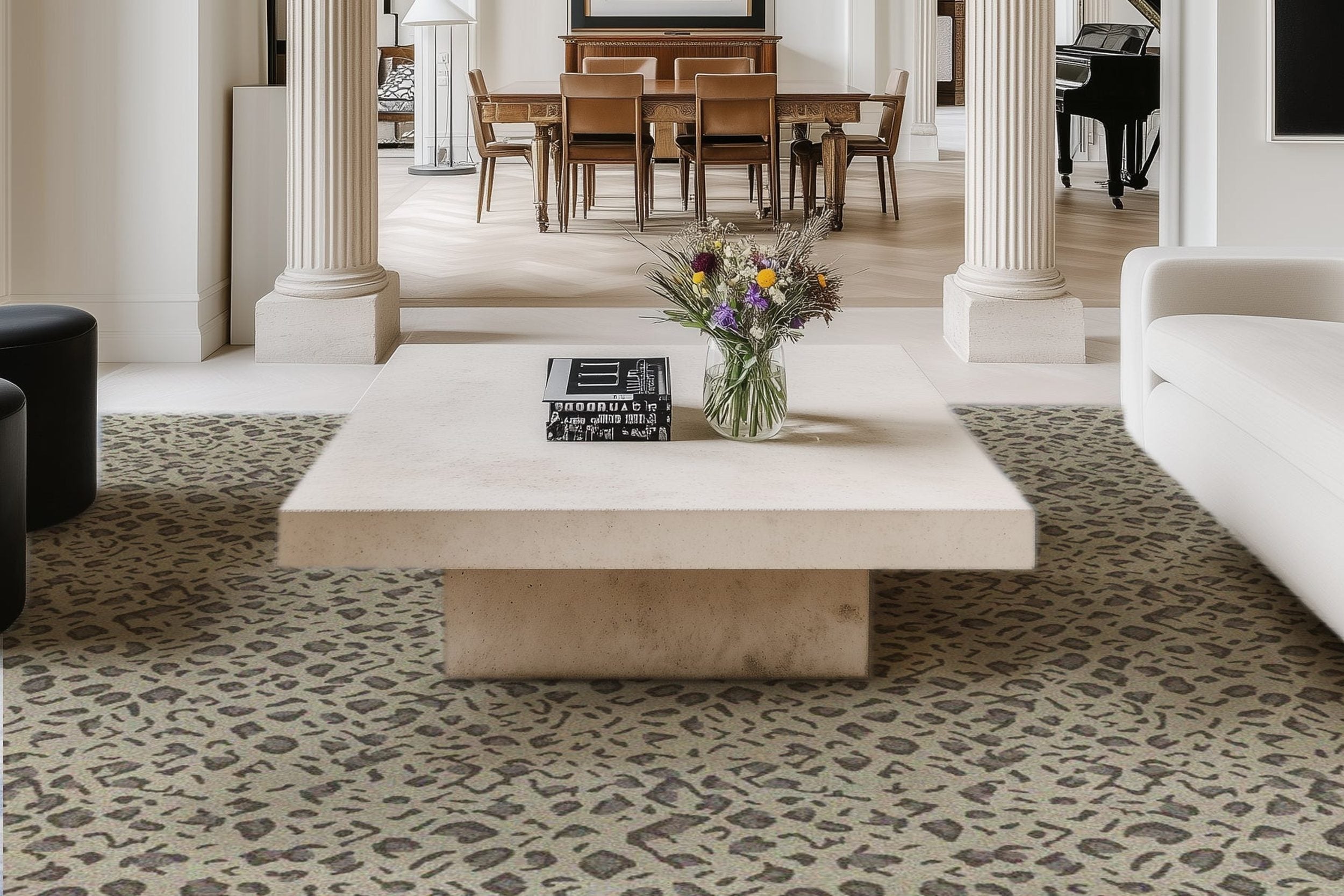How to Design a Commercial Retail Space
 Designing a retail space is both exciting and challenging. You should create an environment where customers feel welcome, products stand out, and employees can do their best work. The atmosphere affects how customers shop and make decisions.
Designing a retail space is both exciting and challenging. You should create an environment where customers feel welcome, products stand out, and employees can do their best work. The atmosphere affects how customers shop and make decisions.
The layout, lighting, and decor of your space are key to welcoming customers. Here are some best tips for designing a commercial retail space.
Layout Matters
The layout of your retail space is crucial to the shopping experience. Think of it as a guide for customers. Open areas allow easy movement and create a calm atmosphere. Carefully placed displays can grab attention. Create zones based on customer movement patterns and strategically place popular items to minimize crowding.
Make sure entrances and exits are inviting. A welcoming entrance encourages customers to come in and explore. Inside, ensure pathways are wide enough for smooth navigation, even when it's busy. Use signs to help customers move easily between sections and lead them to promotions and featured products.
Building Information Modeling
Building Information Modeling (BIM) is changing how we design retail spaces. With BIM, designers and architects can create a detailed digital model of a retail space before it is built. This method makes planning easier and allows for quick changes during the design process.
BIM lets you see every part of your retail design, including the layout, structure, lighting, and furniture placement. This clear view helps you make informed decisions and reduces expensive changes once construction starts. BIM also shows how different design elements work together, ensuring the space is functional and visually appealing.
Lighting It Right
Lighting affects the mood of your retail space. It highlights products and influences how colours look, so choosing the proper lighting is important. Natural light is best because it creates a warm atmosphere, but good artificial lighting is also essential in darker areas.
Use a layered lighting approach. Ambient lighting gives a general feel, while accent lighting focuses on specific products, catching customers' eyes. Adjustable lighting helps change displays with different seasons or new products. Good lighting makes your store more appealing and can encourage customers to spend more time inside.
Colour Psychology
Colour is important in retail design. The colours you choose can affect how customers feel. For example, warm colours like red and orange create excitement and urgency, helping to speed up purchases. Cooler colours like blue and green create calmness and trust, improving the shopping experience.
When picking colours for your space, consider your brand. Using consistent colours strengthens your brand image. Use accent colours to enhance the mood without overwhelming the space. A thoughtful colour palette attracts customers and keeps them comfortable while they shop.
Focus on Branding
Your retail space should show off your brand's identity. The materials used, the type of furniture, and the overall style all reflect what your business represents. A consistent design projects professionalism and reliability to your customers.
Use your brand colours and symbols in your decor. Wall graphics or digital displays with your logo can help customers remember you. Think about how to showcase your values and what makes your business special through your space. Creating a unique atmosphere enhances the customer experience and differentiates your brand from competitors.
Flexibility and Adaptability
Today's retail market needs flexibility. Trends and customer preferences change quickly, so your space must be able to adapt. Using modular fixtures and multi-purpose areas can help you adjust as needed.
Plan for seasonal promotions or new product launches. Movable displays and adaptable sections allow you to refresh your layout easily. This flexibility keeps the design interesting and enhances the customer experience by introducing new elements.
Customer Experience in Mind
Your design should always focus on the customer experience. Think about small details that make a visit pleasant: comfortable seating, easy-to-reach product displays, or a cozy café corner. Each element should encourage customers to stay longer, explore, and leave with a positive feeling about their time with your brand.
Consider offering services that enhance the shopping experience. Events, classes, or demonstrations can create engagement and turn a simple retail space into a lively community hub. Keep the experience dynamic and enjoyable to build customer loyalty.
Every decision you make should contribute to a clear story that defines your retail space. Every detail matters and helps create a positive, memorable experience for customers.
Browse by Category

Design Projects
Explore interiors from client work and personal renovations — layered, livable, and always in progress.
read more →
Collaborations
From product launches to styled spaces, discover the brand stories I’ve helped bring to life.
read more →
The Notebook
A growing archive of iconic designers, inspiring artists, and unforgettable design moments.
read more →
Travel by Design
Wander with a designer’s eye — from charming hotels and city guides to visual inspiration abroad.
read more →




